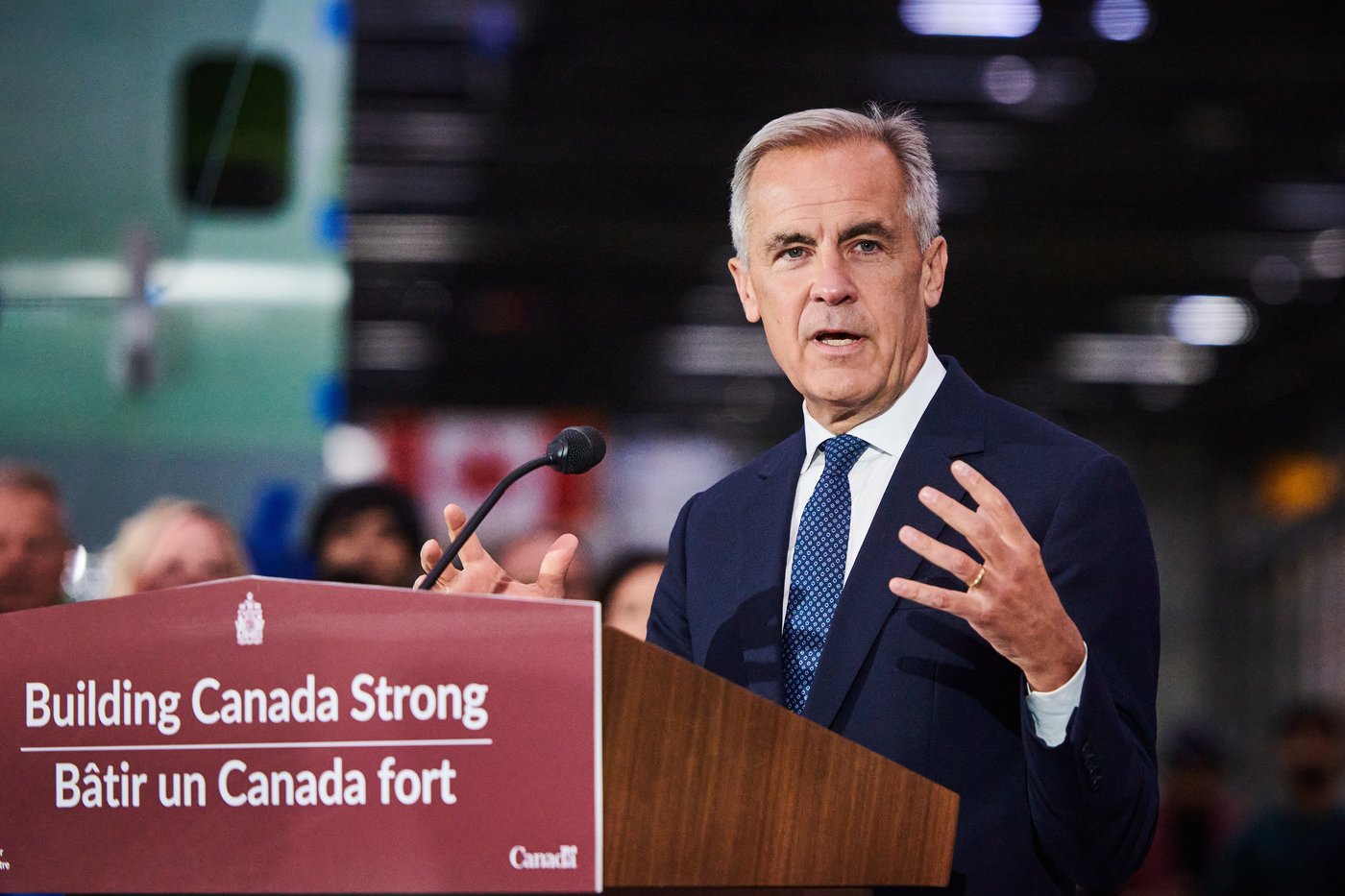Cat Lake First Nation’s nursing station burns down, leaving remote community without health-care hub
Cat Lake First Nation’s nursing station has burned down, leaving the remote northwestern Ontario community without a central access point to health-care services.
Nishnawbe Aski Police Service (NAPS) confirmed that a fire broke out at the Margaret Gray Nursing Station Saturday night just before 9:30 p.m. Saturday.
“When officers arrived, they observed smoke and visible flames coming from the community’s nursing station. Officers remained at the scene and assisted community members attempting to extinguish the fire,” NAPS said in a news release issued Sunday afternoon.
“At 11:46 p.m., it was deemed too dangerous to continue fire suppression efforts. The building appears to be a total loss, however, no injuries were reported as a result of the fire.”
About 650 people live in Cat Lake, an Ojibway community located about 440 kilometres northwest of Thunder Bay, along the Albany River.
An investigation into the blaze remains ongoing, with assistance from members of the NAPS Crime Unit and Office of the Ontario Fire Marshal.
This is the third major fire in a First Nation in northwestern Ontario this winter. Earlier this year, the only school in Eabametoong First Nation burned down, and house fire in the remote Cree community of Peawanuck killed two people and sent three others to the hospital.
Kiiwetinoong MPP Sol Mamakwa calls the fire in Cat Lake a devastating blow to the community.
“I think that this fire is kind of a marker of a bigger issue of how we need to improve the infrastructure in the north, how we need to improve the [health-care] services even further to that,” Mamakwa said in an interview with CBC News Sunday.
Mamakwa said he’s been in contact with Cat Lake’s Chief Russell Wesley, who was unavailable to immediately speak with CBC News.
CBC News has also contacted Ontario’s Minister of Indigenous Affairs Greg Rickford, and federal Minister of Indigenous Services Patty Hajdu, for comment.
Another blow amid ‘health care crisis’
Last month, Nishnawbe Aski Nation (NAN) Chiefs passed a resolution to declare another health state of emergency and to establish a NAN territorial First Nations health services Ombudsman’s Office, designed to identify barriers to care and advocate for solutions at all levels of government. NAN represents 49 First Nations across Treaty 9 and 5 in northern Ontario.
The resolution comes after NAN first declared a state of public health emergency in February 2016.
Mamakwa said the loss of Cat Lake’s nursing station speaks to health-care inadequacies across the region.
“I think overall in the north, the nursing stations are not functioning to the full capacity just because of the deterioration of some of the buildings. Not only that — communities are growing, their populations are [growing] exponentially, and it really has an impact,” Mamakwa said.
The infrastructure gap, combined with a growing population that needs more nursing and clinical services but lacks the staff to meet demands, has created a recipe for disaster, he explained.
“It does not work. It is a nursing crisis. It is a health-care crisis what we see up north, and that leads to needless deaths and then the unnecessary suffering for the people that live there,” Mamakwa said.
For larger First Nations in northwestern Ontario, such as Eabametoong, Kitchenuhmaykoosib Inninuwug, Pikangikum and Sandy Lake, Mamakwa would like to see hospital services delivered in-community to help bridge the health-care gap.
“We need to be able to put in significant resources to better the system, and one of the ways is health transformation,” he said, referencing NAN’s ongoing strategy to improve health-care access within communities.
“Health transformation to me is giving back power in the First Nations and bringing services closer to home.”



